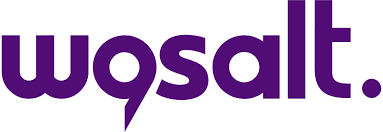Turn first‑party data into 30‑50 % higher ROAS without writing a single line of code
Put an end to lost conversions from broken pixels. Journify send clean first‑party data to Meta, Google, TikTok, and more through server‑side Conversion API, pushing match rates toward 90%.

Trusted by Performance Marketing Teams
at growing eCommerce Brands
at growing eCommerce Brands
93% of brands leave revenue on the table with incomplete CAPI data
In‑house setups average just 42% match rate, while our customers
achieve 70–90%.
Manual configurations demand monthly audits; our AI pinpoints gaps
instantly.
Stop wasting ad spend on empty clicks; invest in traffic that
actually converts to revenue.
Unified Conversion Tracking
Stream 100% of your first‑party data straight to Meta, Snapchat, TikTok, and other ad platforms
Tell us where conversions happen, and Journify auto‑maps every
event, hashes PII, and turns pixels into server‑side signals. No
dev tickets, just higher match rates.


Pre-Built CAPI Integrations
Connect Meta, Google, TikTok & Snapchat in 3 clicks
Paste your API token, choose the events, hit 'Sync.' Journify
handles hashing, mapping, and streaming so campaigns start
learning right away.
Data Health
AI pinpoints the data gaps stealing your ROAS before your budget does
We scan every event you send to Ad platforms, flag missing fields,
and tell you exactly what to add for an instant lift in match
rate.
























